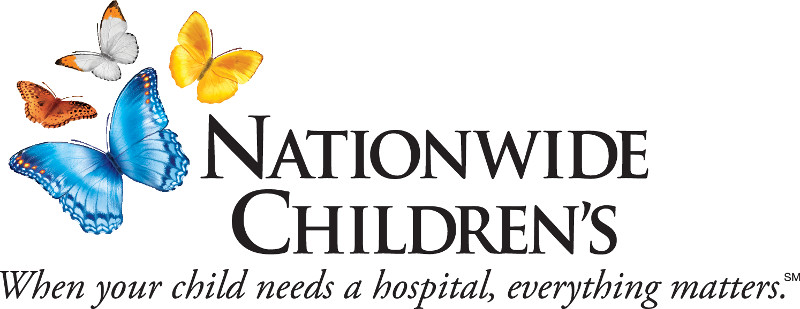FOR FURTHER INFORMATION CONTACT:Pam Barber, Columbus Children's Hospital, (614) 722-4598Amy Nance, Columbus Children's Hospital, (614) 722-4592
Embargoed for Release October 21, 2001
CHILDREN'S RESEARCH INSTITUTE OF COLUMBUS RELEASES FINDINGS ON FIRST STUDY SHOWING OVEREXPRESSION OF CREB PROTEIN AS FACTOR IN THE DEVELOPMENT OF OSTEOPETROSIS OR MARBLE BONE DISEASEFindings Could Have Implications For Understanding Osteoporosis
SAN FRANCISCO, OCTOBER 21, 2001 -- Researchers at Children's Research Institute, located on the campus of Columbus Children's Hospital, designed the first-ever transgenic model (genetically modified) to show how the CREB protein (cyclic AMP response element binding protein) leads to the abnormal function of osteoclasts (cells that break down the bone), resulting in osteopetrosis. Lead researcher Natarajan Muthusamy, DVM, Ph.D., presented the findings Sunday, October 21 at the American Academy of Pediatrics (AAP) National Conference and Exhibition in San Francisco.
According to the National Institutes of Health (NIH), osteopetrosis is a congenital condition present at birth in which the bones are overly dense. Also referred to as marble bone disease, osteopetrosis results from an imbalance between the formation of bone and the breakdown of bone. Osteoporosis, or porous bone, is a disease characterized by low bone mass and structural deterioration of bone tissue, leading to bone fragility and an increased susceptibility to fractures.
"In our study, we have shown that if the mutant CREB protein is over-expressed, the result is osteopetrosis," said Dr. Muthusamy. "Our hope is that this model can be used to see how we can correct this problem through therapeutic interventions."
"Most importantly, if we understand the biology of the cells in osteopetrosis, we can possibly understand the onset of osteoporosis," Dr. Muthusamy said.
Columbus Children's Hospital ranks among the top 10 in NIH research awards and grants to freestanding children's hospitals in the country. With nearly 500,000 patient visits each year, Children's Hospital is a 109-year-old pediatric healthcare network treating newborns through age 21. In 2000, the Children's Research Institute conducted more than 90 research projects. Pediatric Clinical Trials International (PCTI), a site management organization affiliated with the hospital, also coordinated 43 clinical trials. In addition to having one of the largest ambulatory programs in the country, Children's offers specialty programs and services, including more than 18 support groups. Each year, more than 75,000 consumers receive health and wellness education and 2,500 students from 50 institutions and 500 residents receive training at Children's. More information on Children's Hospital of Columbus is available by calling (614) 722-KIDS (5437) or through the hospital's Web site at http://www.childrenscolumbus.org.
# # #
